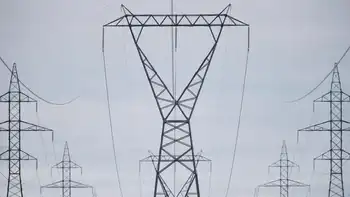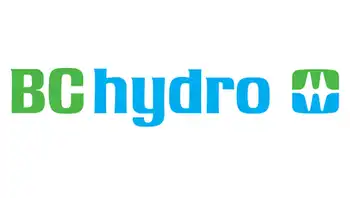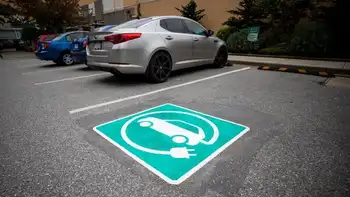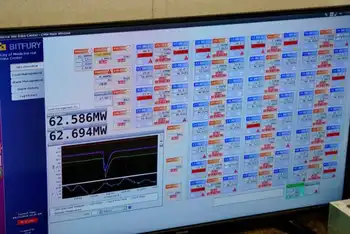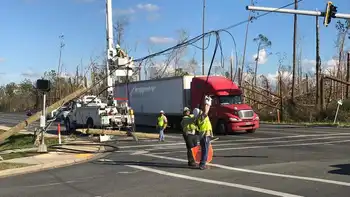Regulatory obstacles to smart grids prevent reliable power
By Electricity Forum
Protective Relay Training - Basic
Our customized live online or in‑person group training can be delivered to your staff at your location.

- Live Online
- 12 hours Instructor-led
- Group Training Available
Speaking before an audience of federal and state regulators, utilities and other industry players as part of a keynote panel during the National Electricity Delivery Forum in Washington, D.C., Yeager said that the future of the U.S. electric power system rests upon our ability to take advantage of the technology available today and prioritizing the modernization of our unreliable, inefficient and insecure grid infrastructure.
“Our electric power system has been in a sub-prime mortgage-like era for decades,” Yeager said. “There are no technological or economical obstacles to modernizing the U.S. electric grid, only policy and regulatory barriers that must be eliminated,” said Yeager. “If states open up the electricity market and offer utilities incentives for integrating smart grid technology and giving consumers control of their own energy use, everyone will win. Consumers gain better service and a smaller carbon footprint while utilities gain much-needed upgrades and a system that is less vulnerable to cyber-attack.”
During the panel discussion, Yeager shared some of the InitiativeÂ’s key proposals that will pave the way for a more intelligent electricity grid:
The technology exists today to transform the 1950s-era grid into a smarter, reliable and efficient power system. To secure this future, state leadership is needed to remove the regulatory policy obstacles to smart grid development and implementation.
Utilities need incentives to drive grid modernization efforts. Utilities are compensated for selling more electricity, not for providing quality service or efficiency programs. States need to support “decoupling,” or separating utilities’ profits from their energy sales. Only then will utilities become motivated to offer consumers tools such as time-of-use pricing and smart meters that can reduce the escalating demand that is taxing our aging grid infrastructure, increasing emissions of dangerous pollutants. Consumers should be treated as individuals with individual needs. As with other industries that have been opened to competition and choice, given the option, most consumers will take control and reduce their energy use.
Renewable resources are an important part of our electricity generation mix, but they will not eliminate coal-generated or nuclear power. States should examine their available renewable resources for electricity generation — solar, wind, geothermal, biomass, etc. — and add them to their electricity generation portfolio. While the industry is addressing their greenhouse gas, waste and security issues, in order to meet our huge demand for electricity economically, coal and nuclear sources of electricity will remain the primary part of the generation mix. Carbon capture and sequestration has promise for yielding cleaner electricity from coal, but as a long-term goal, not a short-term solution. Since the volume of CO2 emitted by coal-fired plants that could be captured equals the amount of oil that is consumed in the United States yearly, finding a practical way to transport and store it is a complicated undertaking which is not receiving enough attention.
New transmission lines should be the last option. Technology currently exists to increase the capacity of the wires we have today. With the addition of “smart” electronic controls, transmission lines can run closer to their limits without risking overload. This will also minimize the major security and vulnerability risks that these extensive transmission networks pose to the nation today.





